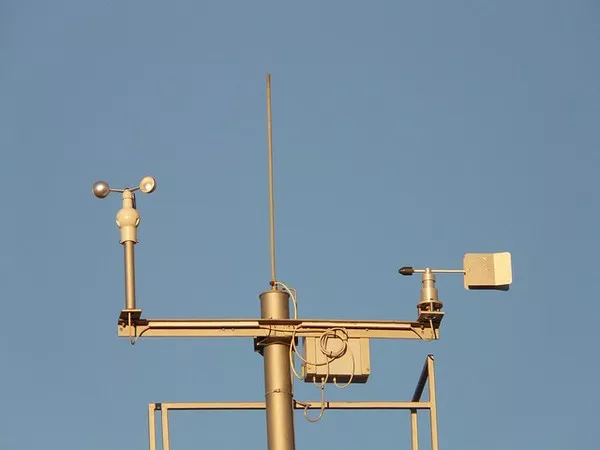In the realm of electronic instrumentation, precision and accuracy are paramount. Instrumentation amplifiers (INAs) play a crucial role in achieving accurate measurements by enhancing the quality of signals in various applications. These specialized amplifiers offer unique characteristics that make them indispensable in scenarios where signal integrity is of utmost importance.
What is an Instrumentation Amplifier?
An instrumentation amplifier is a type of operational amplifier (op-amp) circuit designed to amplify signals with high precision and reject common-mode noise effectively. Unlike standard operational amplifiers, INAs are specifically tailored for applications that demand accurate and reliable measurements in the presence of external interference.
Key Characteristics:
High Common-Mode Rejection Ratio (CMRR):
One of the defining features of an instrumentation amplifier is its high CMRR. Common-mode rejection refers to the amplifier’s ability to reject signals that are common to both inputs, such as noise or interference. INAs excel in rejecting common-mode signals, ensuring that only the differential signal (the actual information of interest) is amplified.
Differential Gain and High Input Impedance:
INAs are designed to provide a high differential gain, amplifying the voltage difference between two input signals. Additionally, they typically have a high input impedance, minimizing the loading effect on the source signal. This high input impedance allows INAs to interface effectively with sensors and other low-output-impedance devices without affecting the integrity of the measured signal.
Adjustable Gain:
Another significant advantage of INAs is the ability to adjust the gain according to the specific requirements of the application. This feature allows engineers and researchers to fine-tune the amplifier for different sensor outputs or measurement ranges, providing flexibility in diverse scenarios.
Applications:
Sensor Signal Conditioning:
Instrumentation amplifiers are extensively used in sensor signal conditioning, where the small electrical signals from sensors (such as thermocouples, strain gauges, and pressure sensors) need to be accurately amplified for further processing. The high CMRR and adjustable gain make INAs ideal for extracting meaningful information from these delicate signals while rejecting common-mode noise.
Medical Instrumentation:
In medical devices like electrocardiograms (ECGs) and electromyography (EMG) systems, where accurate measurement of bioelectric signals is critical, instrumentation amplifiers play a pivotal role. The ability to amplify weak bioelectric signals with high precision ensures that healthcare professionals receive accurate information for diagnostic purposes.
Industrial Control Systems:
INAs find widespread application in industrial control systems, particularly in scenarios where precise measurement and control of variables are essential. For example, in monitoring temperature, pressure, or flow rate, instrumentation amplifiers are employed to accurately amplify signals from sensors and transducers.
Strain Gauge Measurements:
Strain gauges, used to measure mechanical deformation, produce minute electrical signals proportional to the applied strain. INAs are employed to amplify these signals with high accuracy, making them suitable for applications in structural health monitoring, materials testing, and load cell instrumentation.
Benefits of Using Instrumentation Amplifiers:
Improved Signal Quality: The primary advantage of using INAs is the enhancement of signal quality. By rejecting common-mode noise and providing precise amplification of differential signals, instrumentation amplifiers contribute to improved measurement accuracy and reliability.
Versatility: INAs offer versatility in terms of adjustable gain, making them suitable for a wide range of applications. Engineers can customize the gain to match the characteristics of different sensors, ensuring optimal performance in diverse measurement scenarios.
Low DC Offset: DC offset, the difference between the actual and ideal output of an amplifier, can introduce errors in measurements. Instrumentation amplifiers are designed to minimize DC offset, contributing to more accurate and stable measurements over time.
See Also What Are The Different Types Of Flow Meters
Conclusion:
Instrumentation amplifiers play a pivotal role in the field of electronic instrumentation, providing engineers and researchers with a powerful tool for achieving accurate and reliable measurements. Their high common-mode rejection ratio, differential gain, adjustable gain, and low DC offset make INAs indispensable in applications ranging from sensor signal conditioning to medical instrumentation and industrial control systems. As technology continues to advance, the role of instrumentation amplifiers will likely expand, contributing to further improvements in precision measurement capabilities across various domains.

